Last Mile Delivery: The Ultimate Guide for 2021

As ecommerce sales surged over the past year, organizations have had to pay greater attention to all aspects of their supply chains, particularly the last mile. The last mile of any delivery, and especially of ecommerce transactions, is complicated, time-consuming, and expensive.
Just what is the “last mile delivery?” In the world of supply chain and logistics, the last mile refers to the final destination in the supply chain, when a product transfers from a business (typically a retail store, warehouse, or distribution center) to the customer’s business or home, or to a collection point, like an ecommerce lockbox.
What is Last Mile Delivery?
The last mile refers to the final step in the supply chain, when a product transfers from a business (typically a retail store, warehouse, or distribution center)to the customer’s business or home, or to a collection point, like an ecommerce lockbox.
The focus of last mile logistics is to deliver items to the end user as fast as possible. While it seems simple enough, the last mile is an expensive mile, in fact it is by far the most expensive part of the fulfillment chain.
Until the boom in ecommerce, most last mile deliveries consisted of consumer and business goods moving on pallets from manufacturing plants, warehouses, or distribution centers to other businesses or retail stores. The participants in these supply chains became adept at moving large volumes of products quickly and efficiently.
In contrast, the last mile in ecommerce deliveries involves numerous small orders going to different locations. This drives up the expense of the last mile. Business Insider estimates it accounts for more than half — 53 percent — of total shipping costs.
The growth in ecommerce over the past year has magnified last mile challenges. In Canada, 2020 ecommerce sales were expected to hit CA$52.04 billion, up more than 20 percent from 2019, according to Insider Intelligence. Ecommerce sales in the U.S. during 2020 were estimated at US$791.7 billion, up nearly one-third from 2019.
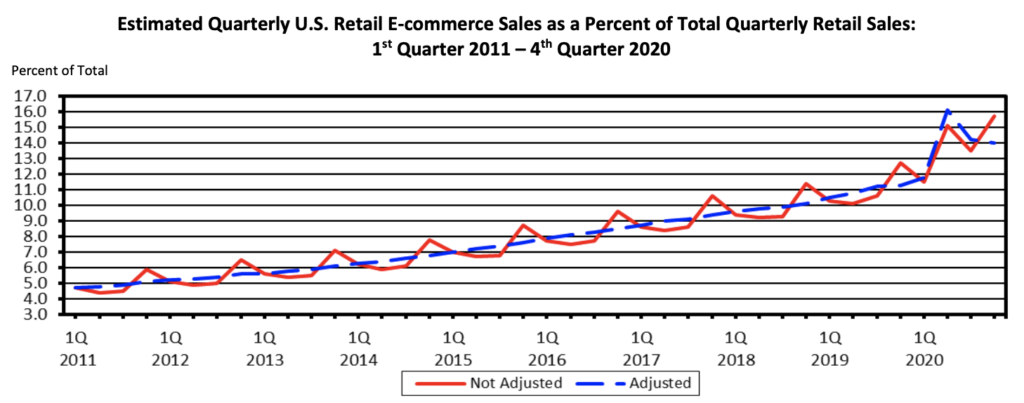
Image source: US Department of Commerce
While the challenges that accompany the last mile of any delivery are daunting, organizations that figure out how to effectively tackle them can boost customer satisfaction, rein in costs, and gain a competitive advantage. Consider that more than half — 55 percent — of consumers will shift to competitors that offers faster delivery, CapGemini Research found.
Just as important, manufacturers and brands that become adept at handling the last mile can build direct relationships with their customers. “Rather than rely entirely on wholesalers and retailers, you can reshape your customers’ experiences more closely to your brand,” says Chris Jarvis, chief logistics officer with GoFor Delivers.
An efficient, reliable, last mile function will become even more critical as the volume of final mile deliveries grow. The last mile delivery market in North America is forecast to grow by US$44.88 billion between 2020 and 2024, for a compound annual growth rate that tops 14 percent, Technavio reports.
Table of Contents
- The Last Mile Problem
- Choosing Between Last Mile Options
- Last Mile Challenges and Opportunities
- How Technology and Innovative Solutions Can Help
- Why Partner with a Last Mile Company
- How to Choose a Last Mile Delivery Partner
- Conclusion
The Last Mile Problem
Along with the challenges inherent in delivering small quantities of products to numerous households and businesses, last mile deliveries face other problems. In urban areas, drivers or couriers must navigate congestion. In rural areas, customers may be miles apart. On top of this are unavoidable challenges, such as weather events that delay drivers. All of these challenges exacerbate the main problem facing companies: increasing expectations from consumers for near-instant delivery.
Customers’ expectations for rapid and on-time deliveries continue to grow, even though few want to pay extra for it. The World Economic Forum predicts instant delivery will grow by 10 percent annually through 2030, while same-day delivery will increase between 20 to 40 percent annually.
Additional challenges are specific to the type of product that’s being delivered. Grocery and pharmaceutical products often must be kept within certain temperature ranges. Furniture, appliances, and other heavy, bulky items typically require several people to handle. Many electronics and home appliances require over-the-threshold delivery and installation. Some states, like California, mandate that if you deliver a mattress you have to pick up the old one for recycling. Addressing these challenges can add time and expense.
Beyond fast delivery, companies are also challenged by customer expectations for real-time tracking. The ability to track deliveries until they land at consumers’ front doors or businesses’ loading docks has become the norm for many customers. Half of consumers indicated a desire for real-time visibility into their order status. Yet 73 percent of supply chain professionals say they can’t currently offer real-time tracking. This highlights a major gap between customer expectations and companies’ ability to deliver — and an opportunity for brands that are able to close that gap.
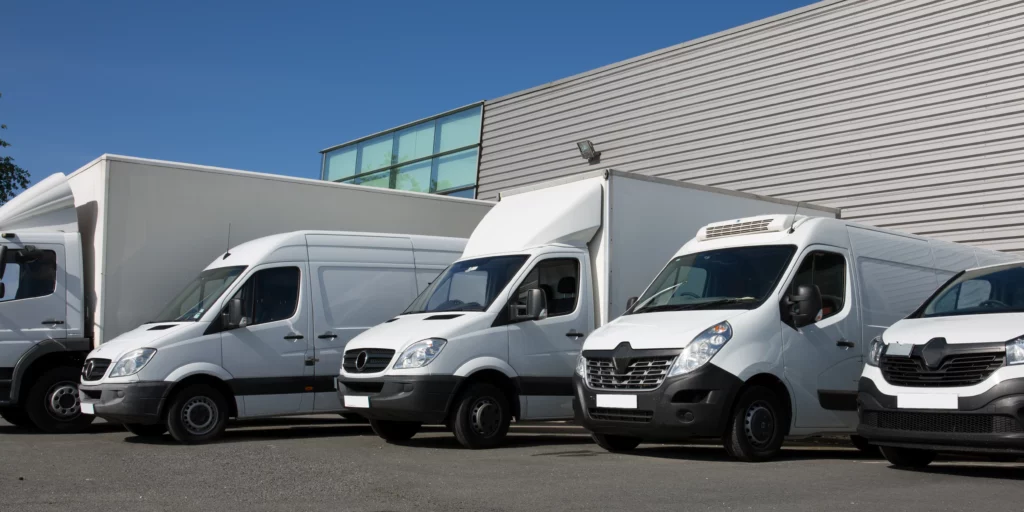
Choosing Between Last Mile Delivery Options
To handle last mile deliveries, your company can select from several alternatives. These include:
- Building your own fleet.
- Outsource to a third party logistics (3PL) organization like the postal service, large traditional carriers, or a local courier company that makes last mile deliveries
- Partnering with one of the last-mile marketplace companies that are quickly capturing market share.
While each of these approaches can work, most come with shortcomings. Your decision will be key, as customers will rarely distinguish between your brand and the delivery company, even when they’re two separate entities. “When customers click on your website, they believe you’re responsible for delivery, even though you’re not in control,” Jarvis says. Should delivery glitches occur, your company will shoulder the blame, even if the delivery company is responsible. This is why many businesses are shifting towards the more tailored delivery experience that new last-mile delivery companies are offering.
In-House Fleets
The expense of building an in-house fleet puts this option beyond many organizations’ budgets. Even when companies can afford the investment, maintaining and operating a fleet of vehicles diverts resources and management attention from the company’s core objectives. “You’re losing focus in a world where competition is higher than ever,” Jarvis says.
As a result, many companies look to external partners to help fulfill their delivery needs. However, as more transactions take place online, delivery experiences are becoming a major component of your customers’ interaction with your brand. “Many brands want to own their relationships with their customers and need their final mile delivery providers to be extensions of their brand,” Jarvis says. Few current services on the market allow for that.
Traditional Carriers / Postal Servicea
Engaging postal services or traditional carriers means allowing another company to control the delivery experience. These providers rarely offer much flexibility; instead, your delivery experience must fit their processes. In addition, around peak shopping periods over the holidays — just when reliable, timely deliveries are critical to customer loyalty and satisfaction — your brand often is at the mercy of these traditional infrastructures.
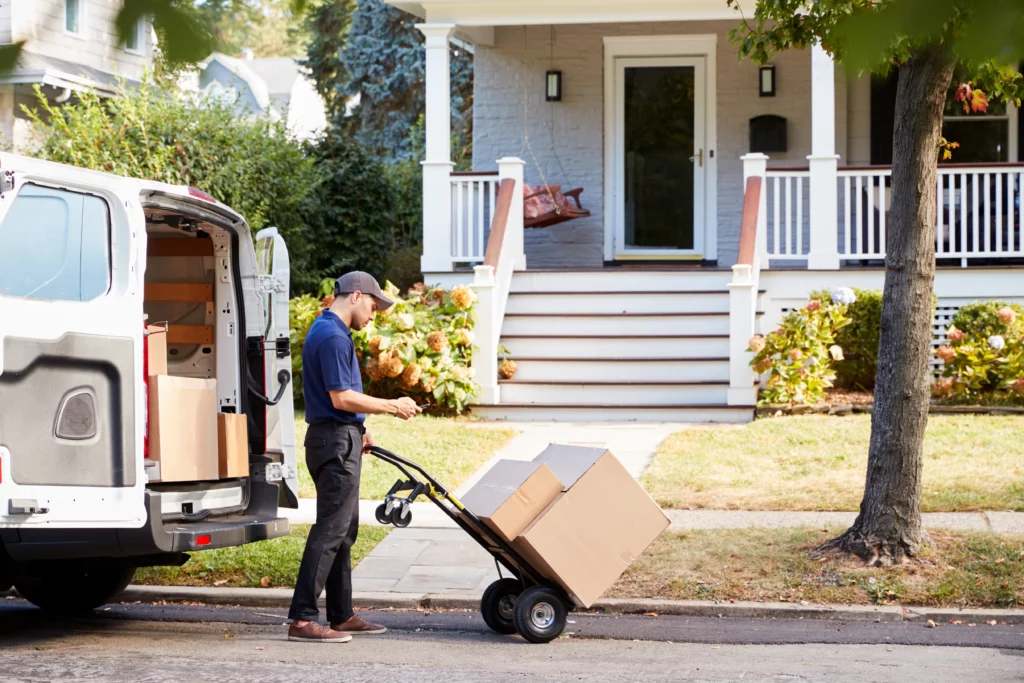
Local Couriers
Local courier services are usually smaller operations with a limited number of vehicles and limited number of vehicle sizes, which means the size of the item to be delivered could be a deciding factor. Few have the capacity to scale when demand increases. This means you often need to work with multiple delivery service providers, which adds administrative headaches and makes it difficult to achieve a consistent delivery experience.
Crowdsourced Marketplaces
A relatively new offering over the last few years, crowd-sourced delivery marketplaces are changing the delivery landscape. These services are quite innovative and allow for fast, on-demand delivery at a variable cost. Because these companies don’t own trucks, they can easily scale and flex to meet your customers’ needs. Often you also have greater control over the delivery experience, as these marketplaces are able to customize delivery for your brand — while providing access to industry standard technology such as real-time tracking. This results in a higher quality delivery experience that can flex up and down to meet demand. Additionally, they offer the flexibility of web/cloud and on-the-go apps.
Last Mile Delivery Challenges and Opportunities
It is precisely at the last mile that many incumbent logistics providers are struggling, and these businesses are at a competitive disadvantage as new companies disrupt the market with innovative business models that address customer demand for ever-faster delivery.
While tackling end mile delivery challenges is a daunting undertaking, companies that wait or ignore this function risk losing business to competitors that act more quickly. “Your company needs a last mile delivery strategy that’s tailored and customized to your use case,” Jarvis says. Customization is key, as many last mile challenges and opportunities vary by industry, as the following examples show.
Brick and Mortar Retailers
Brick and mortar retailers typically operate stores that are scattered across a region or even a country — as well as warehouses and distribution centers that keep those stores stocked. Most warehouses have been built to move cases and pallets of items with precision and efficiency.
Now, however, the growing volume of online orders upends this traditional business model. While many retailers still need to ensure their stores offer an array of goods, they also need to gain competency in filling the single orders that come with online sales, a vastly different packing and fulfillment process than working with cases or pallets. Those that don’t risk losing customers. For instance, 53 percent of customers say speed of delivery is the most important factor when it comes to fulfillment of online orders.
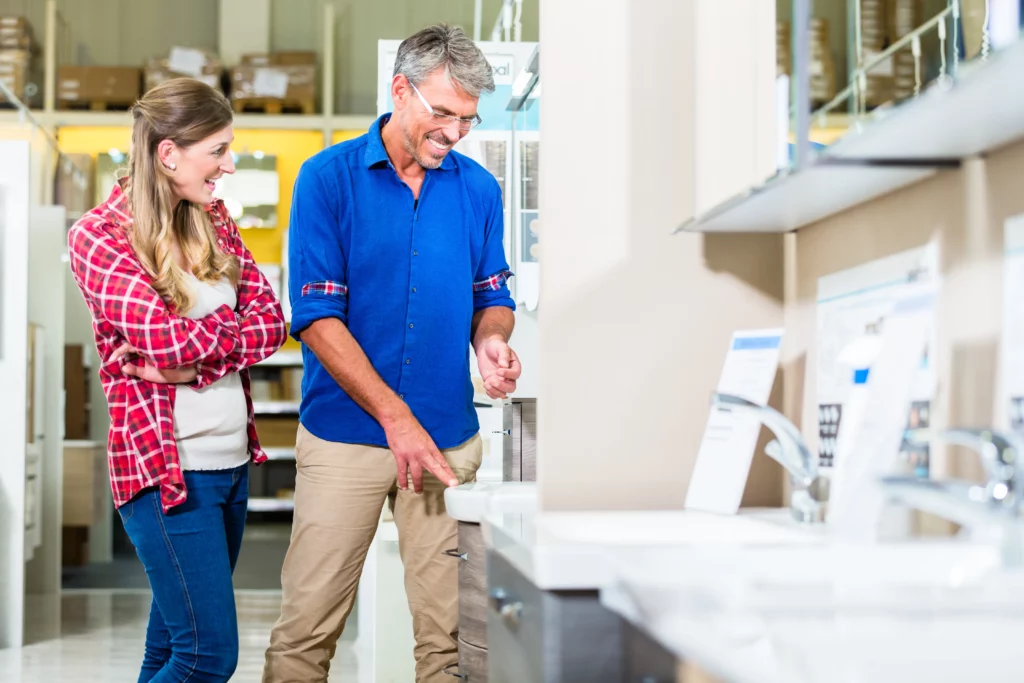
At the same time, your stores provide an advantage, as they enable you to hold inventory close to your customers, whether they’re shopping on site or online. As a result, same-day local delivery becomes more feasible. Consulting firm Accenture predicts that by 2023, more than 50 percent of ecommerce purchases will be delivered from local inventory — and that number could easily be 70 percent, the company notes.
Some retailers, particularly in the grocery space, are turning a portion of their stores into fulfillment centers for online orders—generally, a less expensive option than adding new warehouse space. Real estate firm CBRE writes, “More traditional grocery store formats and specialty players, especially in urban and more densely populated areas, will shift store space toward distribution uses…”
Ecommerce Only Retailers
The last mile delivery challenges shift a bit for ecommerce only retailers. Their warehouses and fulfillment centers typically are, of course, tailored to filling ecommerce orders. However, many use postal services or traditional carriers to fill orders. That can mean a less than optimal customer experience. Many traditional carriers are experts at transporting items over long stretches of road. These carriers may be less adept at meeting timelines for local deliveries, or handling larger and bulkier items. When a delivery does not meet expectations, customers typically blame the company from which they ordered, rather than the delivery company.
In addition, consumers, including business-to-business buyers, judge ecommerce retailers by the leaders in the space — what some call the “Amazonification” of consumers’ expectations. Deliveries need to be quick, efficient, accurate, ideally at low cost, all while allowing customers to track their orders every step of the way.
Manufacturing (B2B + B2C)
Manufacturers have traditionally reached their customers through retailers and wholesalers. While these models are unlikely to disappear any time soon, many manufacturers now can also transact directly with their customers. The benefits? The ability to strengthen these relationships by communicating directly with promotions, news, and new products. Manufacturers that maintain histories of customers’ purchases can tailor their communication to fit each customer.
Your delivery model is a key factor that will determine the success of your efforts to reach consumers directly. It needs to be reliable, quick, cost effective, and scalable. Not all delivery firms can deliver — pardon the pun — these qualities. On the other hand, building your own fleet is costly. Your organization has to incur the expense not only of the initial fleet purchase, but also its ongoing operations and maintenance costs. It’s also difficult to rapidly scale an in-house fleet. Furthermore, building an in-house fleet diverts management’s attention from the organization’s core objectives.
Moreover, not even the largest companies can afford fleets capable of handling all their delivery needs. Despite a sizeable investment, they still risk insufficient delivery capacity and disappointed customers.
B2B Suppliers
While much of the attention around ecommerce has centered on the rapidly growing numbers of consumers ordering online, business-to-business (B2B) transactions are also increasing. Today, business recipients account for almost half of parcel deliveries, Lux Research reports. Many business customers assume that purchasing products for their business operations should be just as streamlined as ordering the latest best seller or a new pair of shoes.
While some suppliers invest in their own vehicle fleets, they often run up against the same challenges as businesses that build fleets dedicated to consumer orders, including steep initial investments and sizable ongoing expenses. Management must allocate attention and resources to the fleet, rather than the organization’s goals. Moreover, even companies that make this investment can rarely meet every delivery need, and so they still risk disappointed customers.
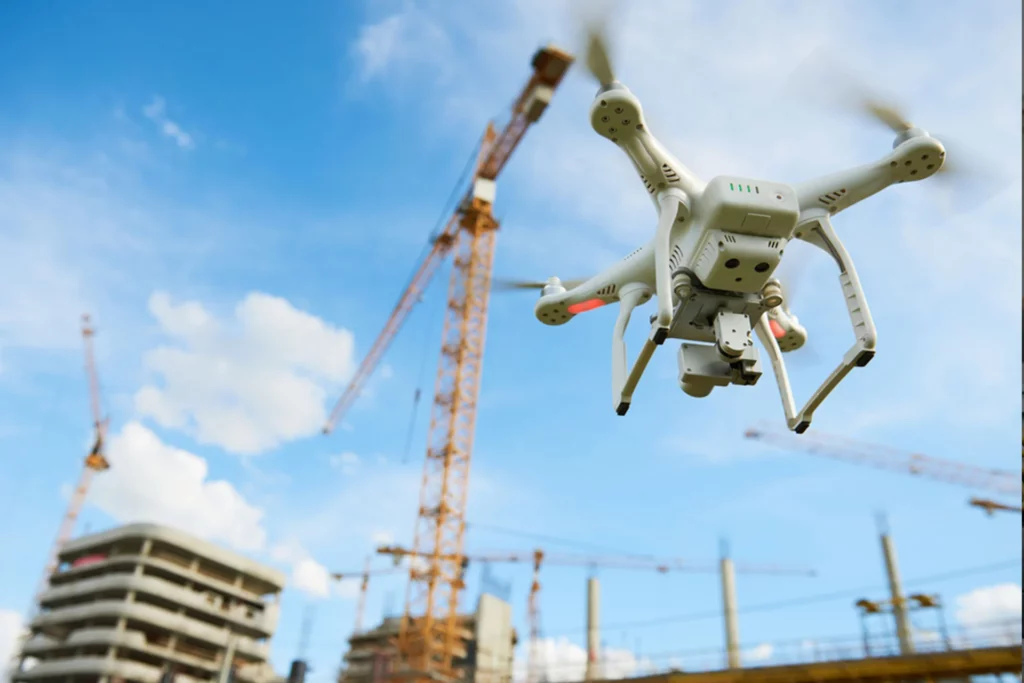
How Technology and Innovative Solutions Can Help Last Mile Delivery Logistics
Technology can help overcome some of the final mile delivery challenges faced by retailers, suppliers, and manufacturers. In fact, Lux Research predicts automated delivery technologies, including drones, autonomous vehicles, and robots will generate between $33 and $48 billion in annual delivery revenues by 2030, even though they’ll deliver less than 20 percent of parcels.
Crowdsourcing Platforms
As mentioned earlier, crowdsourced delivery solution platforms are a rapidly growing option for many companies. These platforms allow for scalable capacity and can quickly adjust to changes in demand. Just as important, firms of all sizes can leverage this model, as no upfront investment is required.
Micro-Fulfillment Through Malls + Storefronts
Another option for last mile fulfillment and delivery is to use malls and/or storefronts as micro-fulfillment centers. More than half — 57 percent — of retailers prefer using their retail stores to fill orders with two-hour delivery timeframes, and more than 40 percent prefer to use retail backrooms for same-day delivery, CapGemini found.
By using stores and malls as distribution centers, firms leverage their existing assets. Just as important, these properties typically are located near their customer base, facilitating speedier deliveries.
Some new solutions enable customers to shop an entire mall from their computer and then receive all their purchases in one delivery stop. This more closely replicates the in-person experience of shopping and makes for a more efficient delivery experience.
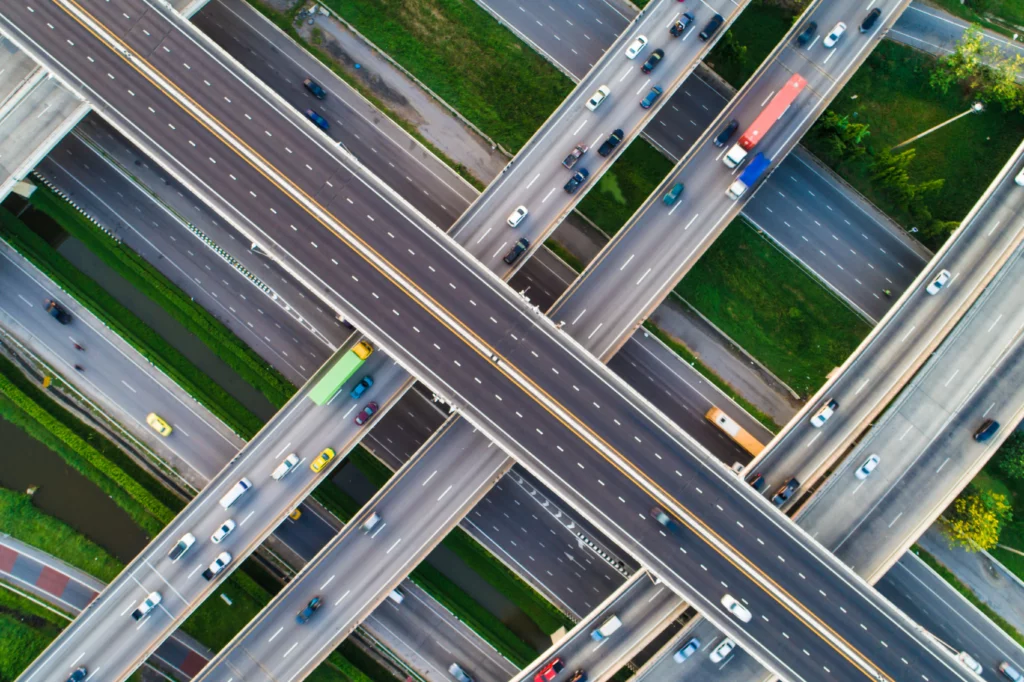
Smart Tracking and Route Optimization
Along with advances in hardware, software is evolving to better handle last mile deliveries. Smart tracking and route optimization solutions can help companies boost the efficiency with which they complete deliveries. These solutions often leverage technologies like artificial intelligence and machine learning to optimize routes and reduce delays.
Drones
While drones may still sound futuristic, researchers at the University of Texas at Dallas say the technology offers the potential to be a genuine game changer by speeding last mile deliveries, while also allowing them to occur hands-free — critical in a post-pandemic era. They predict that both the number of last-mile warehouses and delivery speed of drones will increase as the technology matures, leading to decentralized last mile delivery networks. These two shifts will work together, as the increasing speed of drones really becomes helpful only when accompanied by an increase in last-mile warehouses.
Drones also may be especially useful in rural areas, where the distance between delivery points adds expense. In addition, they’re well-suited to transporting – but high-value items, like many medicines.
These benefits are driving a compound annual growth rate of 38.5 percent in the drone delivery market, which is expected to reach US$2.2 billion in 2025, according to Business Research Company. In one example, in March 2021, GoFor Industries announced a partnership with Aurora Aerial to pilot drone deliveries, initially in Canada.
Electric Vehicles
Electric vehicles are another delivery option, particularly in densely populated urban areas. Electric vehicles can reduce spending on fuel and maintenance, enhance driver safety, and are environmentally friendly.
As more customers look for brands to make sustainable choices, electric vehicles can be an appealing option for companies looking to invest in the emerging green logistics marketplace.

Wheeled Robots
Wheeled robots that can travel at about five miles per hour have been tried on college campuses for several years, Lux Research reports. These machines can carry several packages at a time and operate on sidewalks, rather than roads. A small, but slowly growing number of entities are allowing their use. In November 2020, for instance, Pennsylvania passed legislation allowing some personal delivery devices — another term for wheeled robots — to use the sidewalks.
Parcel Lockers
Another option is bringing delivery items to parcel lockers from which consumers pick up their deliveries. The Urban Freight Lab at the University of Washington Supply Chain Transportation and Logistics Center found parcel lockers in a traditional office building reduced total delivery time by 78 percent. Even better, no deliveries failed. While lockers might not always slash delivery time by such a large magnitude, the study showed the potential benefits.
Why Partner with a Last Mile Delivery Transportation Company
As customer expectations for delivery continue to rise, companies need to take a hard look at how they can meet (or exceed) those expectations to stay competitive. Orders must be delivered to satisfaction every single time — regardless of location or time of year.
Without the right last mile partner, most companies will struggle to deliver same day or faster consistently. And the risks of disappointing customers are high. 84 percent of customers won’t return after a single bad delivery experience, making it table stakes to deliver on time, every time.
By partnering with the right last-mile delivery partner, you can ensure your deliveries are on time, reliable, and appropriately reflect your brand, even during the busiest holiday seasons.
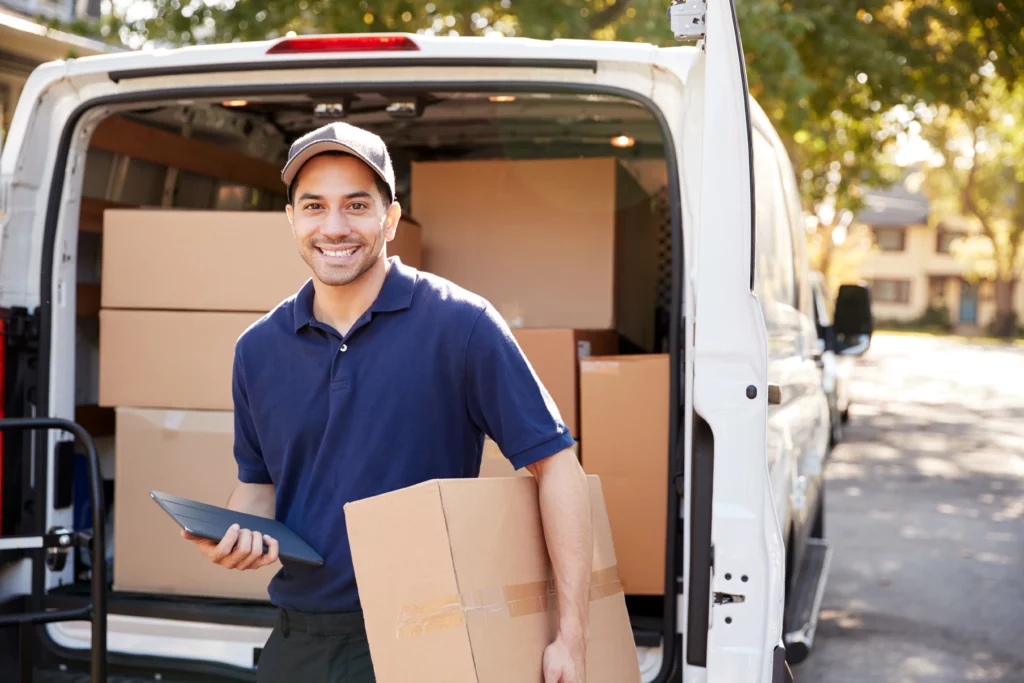
How to Choose a Last Mile Delivery Partner
When choosing a last mile partner, the following questions can help you decide if a company is a fit:
- Scalability: Can the company’s solution stay at or ahead of your company’s growth?
- Service Levels: Will the company commit to meeting your expectations for delivery speed and accuracy?
- Professionalism: Are the drivers trained professionals that will represent your brand appropriately?
- Accountability. How does the company ensure customer satisfaction? For instance, do they monitor and track customer reviews? What reporting capabilities does the firm offer?
- Technology: Can the company meet your customers’ expectations for real-time tracking and notifications, predictable pricing, analytics, and other technical capabilities?
- Partnership: Will your firm be partnered with an expert at the firm who knows your business? Or will you simply be one of many clients?
Conclusion
To be sure, optimizing last mile deliveries remains a complex undertaking that likely will become even more so, given increasing customer expectations, growing ecommerce sales, and advancing technology. However, companies must address these challenges now to hold onto their customers and remain competitive.
Partnering with an innovative, reliable last-mile company that provides outstanding service tailored to your needs, can help your business meet these challenges. You’ll be able to control expenses, strengthen client relationships, and drive sustained success.
Most importantly, you’ll be able to deliver exactly when customers want, every single day of the year.
Sources
[2] https://www.businessinsider.com/last-mile-delivery-shipping-explained
[3] https://www.emarketer.com/content/canada-ecommerce-2020
[4] https://www.census.gov/retail/mrts/www/data/pdf/ec_current.pdf
[6] https://finance.yahoo.com/news/last-mile-delivery-market-north-014500328.html
[7] https://www.weforum.org/reports/the-future-of-the-last-mile-ecosystem
[8] https://www.project44.com/resources/aligning-the-supply-chain-in-the-age-of-the-delivery-economy
[9] https://www.oracle.com/webfolder/s/adv/doc1/RT153-SURV-LastMile-Mar-2018.pdf
[11] https://www.accenture.com/gb-en/insights/public-service/last-mile-delivery
[12]https://researchgateway.cbre.com/Layouts/GKCSearch/DownloadHelper.ashx
[13] https://www.luxresearchinc.com/automating-the-last-mile-executive-summary
[14] https://news.utdallas.edu/business-management/drone-delivery-study-2020/
[18] https://depts.washington.edu/sctlctr/news-events/in-the-news/parcel-lockers-ease-urban-gridlock
